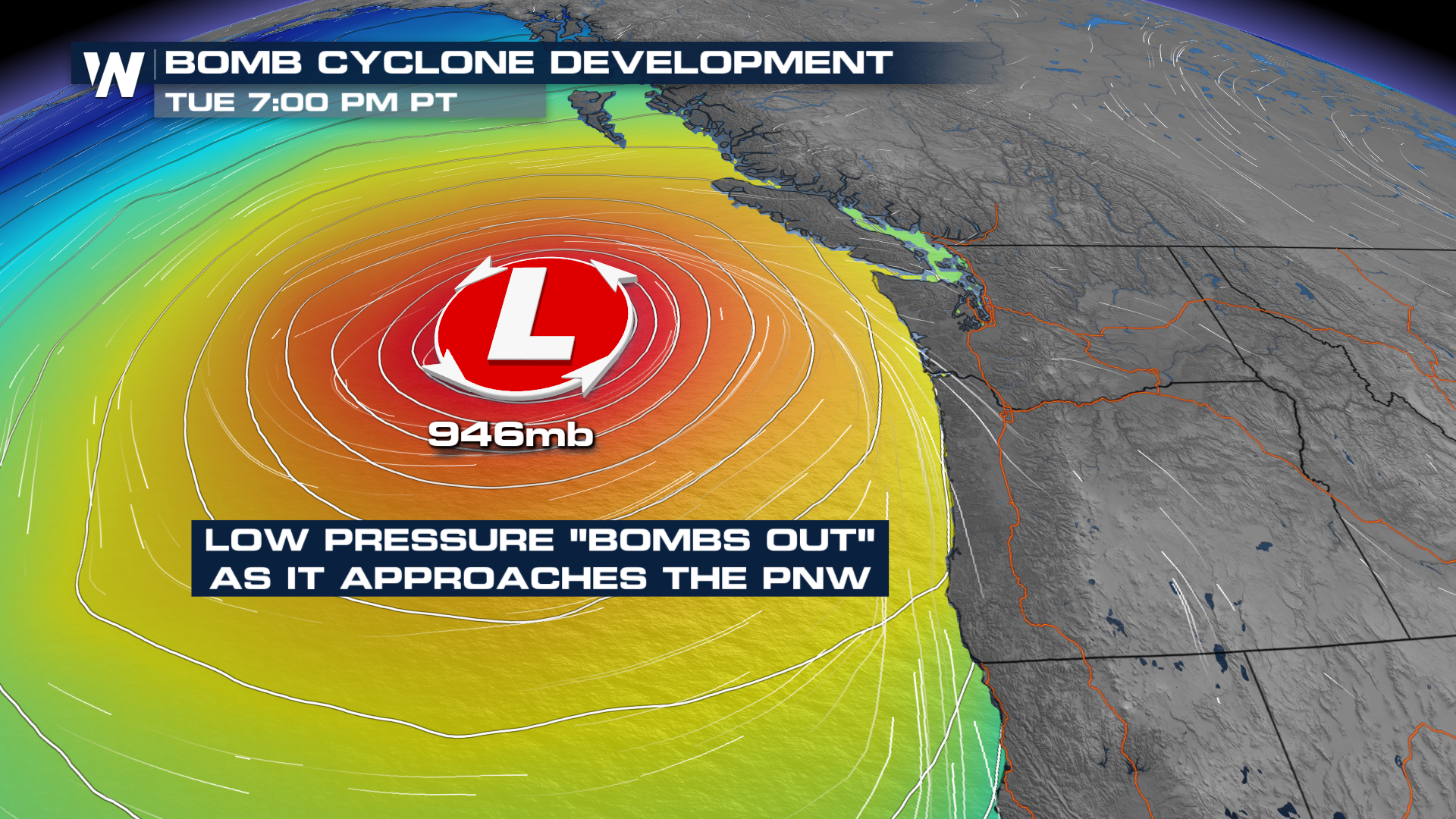A powerful bomb cyclone, a rapidly intensifying weather system, is expected to unleash a barrage of extreme precipitation and gusty winds upon the West Coast in the coming days. The Weather Prediction Center has issued a HIGH risk warning for an area of Northern California, signaling the potential for catastrophic flooding and other hazards.
A rapidly intensifying bomb cyclone is poised to hammer the West Coast, threatening widespread devastation. This powerful weather system, characterized by a sharp drop in atmospheric pressure, has the potential to unleash torrential rainfall, unleashing a devastating torrent of water. Gusty winds, reaching speeds of up to 75 miles per hour, are also expected to accompany the cyclone.
The Weather Prediction Center has issued a HIGH risk warning for an area of Northern California, encompassing the San Francisco Bay Area and surrounding regions. This warning indicates the potential for excessive rainfall, exceeding 10 inches in some areas, leading to widespread flooding. Flash flooding and dangerous mudslides are likely in vulnerable communities.

Bomb Cyclone Barreling Towards the West Coast, Threatening Devastation
While the worst of the storm is expected to impact Northern California, the Pacific Northwest is also expected to be affected. Heavy rainfall, potentially topping five inches, could lead to flooding and mudslides in susceptible areas. Gusty winds may cause power outages and disrupt travel.
Southern California is less likely to experience the direct impacts of the bomb cyclone, but the storm could still bring heavy rainfall and localized flooding. Strong winds might also pose a hazard to coastal communities.
The bomb cyclone is expected to disrupt travel significantly. Flight cancellations and delays are likely, particularly in Northern California. Road closures are possible due to flooding and downed trees. Critical infrastructure, such as power lines and water mains, may be damaged by the storm.
The bomb cyclone is expected to make landfall on Wednesday, bringing the most severe impacts on Thursday and Friday. The storm is likely to linger in the region through the weekend, gradually weakening as it moves eastward.
Residents in affected areas are urged to remain vigilant and follow all warnings and advisories issued by local authorities. It is crucial to prepare emergency kits, including non-perishable food, water, first aid supplies, and flashlights.
The bomb cyclone has the potential to cause extensive damage to property and businesses. Flooding can damage homes, vehicles, and infrastructure. Gusty winds can topple trees and power lines, causing power outages and disrupting commerce.
Farmers in affected areas may face significant losses due to the storm. Excessive rainfall and flooding can damage crops, erode soil, and wash away livestock.
Once the storm has passed, recovery efforts will focus on repairing damaged infrastructure, providing assistance to affected communities, and preventing the spread of disease. The Federal Emergency Management Agency (FEMA) is expected to play a significant role in disaster response.










